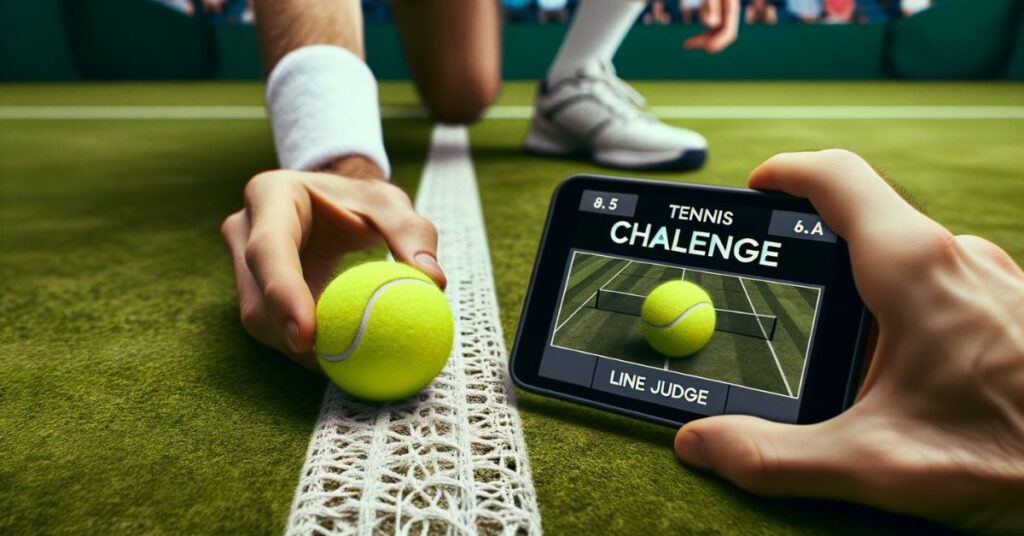Sportovi » Tennis » Rules in Tennis » Challenge in Tennis

The Challenge System in tennis represents a revolutionary change that integrates technology into the traditional sport, enabling precision and fairness at a high level. This system allows players to challenge the umpire’s decision as to whether the ball was “in” or “out”. In this article, we explore how the challenge system works, its impact on gameplay, and the rules governing its use.
The Challenge system uses advanced technology, known as ‘Hawk-Eye’, which precisely follows the trajectory of the ball. When a player challenges a decision, Hawk-Eye generates a graphic of the ball’s trajectory, clearly showing whether the ball touched the line or was outside it. This technology uses highly sophisticated cameras placed around the field, providing almost perfect accuracy.
Players are entitled to a certain number of challenges in each set. In most tournaments, players are allowed three unsuccessful challenges per set, and during tie-breaks, an additional challenge is added. If the set reaches a tie-break, the players receive additional challenges. It is important to note that a successful challenge does not reduce the number of available challenges.
Although the challenge system appears to be easy to use, it also requires strategic thinking. Players must carefully decide when to use their challenges, as unsuccessful challenges can become costly, especially at critical moments in a match. Also, a successful challenge can change the course of the game and potentially affect the morale of the opponent.
The challenge system has had a profound impact on tennis, improving fairness and reducing referee errors. This not only helps preserve the integrity of the sport, but also reduces tensions and conflicts on the field, allowing players to focus on their game instead of controversial decisions.
Although the challenge system is widely accepted, there are several criticisms. Some feel that interruptions due to challenges slow down the game, while others point out that the technology is not always 100% accurate. However, most agree that the advantages in terms of fairness and enjoyment of the game far outweigh the potential disadvantages.
The challenge system in tennis is a great blend of tradition and technological advancement, making the sport fairer and more exciting. While players, referees and fans continue to adapt to this system, one thing is certain: the challenge system is here to stay, revolutionizing the way we watch and play tennis.
No, the use of the challenge system varies and depends on the specifics of the tournament and the availability of Hawk-Eye technology.
If a player uses up all of his challenges, he will not be able to challenge further decisions until he starts a new set or receives additional challenges during a tie-break.
Players can request a challenge on any decision related to whether the ball was in or out. Other types of decisions, such as foot faults or double bounces, are not typically subject to a challenge.
Players must request a challenge immediately after a contested decision, usually within seconds. This ensures that the game is not delayed unnecessarily.
In certain circumstances, the referee may request a “referee challenge” to confirm the decision, although this is less common and is usually used in situations where communication between referees and staff is difficult.